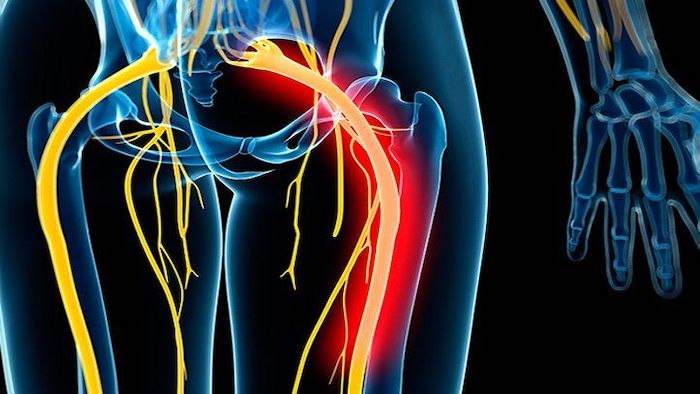
Hip pain arises from many different injuries and health conditions. The pain you feel may originate inside the hip joint or from an injury affecting the soft tissues surrounding the joint.
Your achy hip may be caused by a problem outside your hip. For example, a groin injury and compressed nerves in your lower back can result in hip pain.
No matter what causes your achy hip, the pain management specialists have treatment solutions that alleviate the pain, restore movement, and help you return to an active lifestyle.
Here’s a rundown of the top causes of hip pain.
Osteoarthritis
Osteoarthritis is the top cause of hip pain in middle-aged and older adults. This type of arthritis develops over the years as daily movement slowly breaks down the cartilage inside the hip joint.
Cartilage cushions the bones and allows smooth movement in the joint. As the cartilage wears away, you develop joint pain, stiffness, inflammation, and limited mobility.
Osteoarthritis is a progressive disease for which there’s no cure. We offer comprehensive care that alleviates your pain and helps you maintain optimal mobility.
Bursitis
Trochanteric bursitis affects 15% of women and 8% of men. Bursitis occurs when the bursa, which is a small, fluid-filled sac, becomes inflamed. These sacs exist to prevent friction between your hip bones and the surrounding soft tissues such as your skin.
Bursitis often appears following an overuse injury or an acute injury such as a falling. You can also develop bursitis from underlying health conditions such as bone spurs and arthritis.
Femoroacetabular Impingement (FAI)
FAI affects 10-15% of adults unless you’re active in sports, and then your risk rises. An estimated 55% of athletes develop FAI due to sports injuries.
FAI occurs when bone spurs develop in the hip joint. The spurs affect the shape of the bone and as a result, the bones rub together when you move.
Hip Strain
A strain occurs when the muscles supporting the joint are stretched or torn. A mild-to-moderate strain is likely to give you an achy, but mobile hip, while a severe strain may affect your ability to use the hip.
Though everyday activities can lead to a hip strain, this problem more commonly occurs because of athletic activities and overuse injuries. You can also develop a hip strain if you suddenly increase the intensity of your activities or don’t take time to warm up before you exercise.
Labral Tears
The labrum is a tough piece of cartilage that lines the rim of the hip joint. This strong cartilage deepens the socket, absorbs shock, and adds stability to your hip joint.
The labrum can become torn or completely detached from the bone because of daily wear and tear, femoroacetabular impingement, osteoarthritis, and sports injuries.
Labral injuries most often occur in athletes who repeatedly flex their hips such as runners and those who play impact sports like football, hockey, and soccer.
Tendonitis And Synovitis
Tendonitis and synovitis are both common inflammatory conditions that affect the hip. Hip tendonitis typically develops in the tendons that attach the iliopsoas muscle to your hip bone. This muscle flexes your hip, making it susceptible to inflammation.
Synovitis develops when the synovium, the tissue lining the joint, becomes inflamed. You can develop synovitis from repeatedly lifting and squatting. However, synovitis also occurs at the start of rheumatoid arthritis.
Finding Relief for Hip Pain
We offer a wide range of advanced treatments that alleviate your pain by targeting the source. For example, you can receive:
Regenerative Medicine
Regenerative medicine therapies such as platelet-rich plasma (PRP) and stem cell injections relieve your pain by healing the damaged or injured tissues. PRP accelerates and supports the overall healing process, while stem cells regenerate all the new cells needed to repair and replace damaged tissues.
Interventional Pain Management
Interventional treatments target the nerves responsible for your hip pain. Some treatments reduce inflammation, while others stop pain signals from reaching your brain. A few examples of interventional treatments include epidural injections, spinal cord stimulation, nerve blocks, root blocks, and radiofrequency ablation.
Precision Pain Care and Rehabilitation has two convenient locations in Richmond Hill – Queens and New Hyde Park – Long Island. Call the Queens office at (718) 215-1888, or (516) 419-4480 for the Long Island office, to arrange an appointment with our Interventional Pain Management Specialist, Dr. Jeffrey Chacko.













